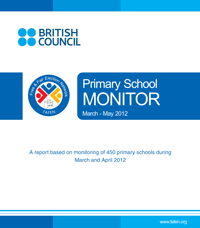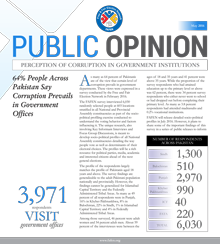Of the 450 primary schools monitored by the Active Citizens’ Project (ACP) volunteers, 93% were without sanitary workers, 74% had no security guards and 62% did not have peons. The availability of non-teaching staff is not only essential for a clean and secure learning environment for children but is also important to provide adequate support to teaching staff and the school management. The ACP volunteers monitored 450 primary schools during March and April 2012 across Pakistan.
Of these, 218 schools were observed in Punjab, 115 in Sindh, 111 in Khyber Pakhtunkhwa (KP) and six in Balochistan. The monitoring highlighted unavailability of some basic facilities in primary schools. About half (49%) of the monitored schools were without benches/chairs for students while 24% did not have them for teachers. Despite the fact that children are more prone to waterborne diseases, 31% schools lacked the basic facility of clean drinking water.
In addition, 45% of the monitored schools were without playgrounds and 76% did not have staffrooms for teachers. Moreover, 27% schools were without washrooms for students while 19% did not have them for teachers. More than two-fifths of the schools were located at the address mentioned in the list. Having proper boundary walls and electricity connections, they were clean and housed in proper buildings. As for the sanctioned and appointed teaching staff, seven percent posts were lying vacant.
Among regions, the highest percentage of vacant posts was observed in Punjab (9%), followed by Sindh (8%) and KP (4%). All the 17 sanctioned teaching slots in six schools in Balochistan were occupied. In 269 schools which provided information, eight percent of the sanctioned non-teaching posts were unfilled. The highest percentage (15%) of unoccupied non-teaching positions was in schools monitored in Sindh. Punjab and KP followed with seven and one percent vacant posts.
Nationwide the average number of students-per-teacher came out to be 37. A region-wise analysis showed that the lowest number of students per-teacher was in Balochistan (31), followed by Sindh (34), Punjab (38) and KP (39). The number of students-per-teacher in all the regions was below the government’s limit of 40 for primary schools



